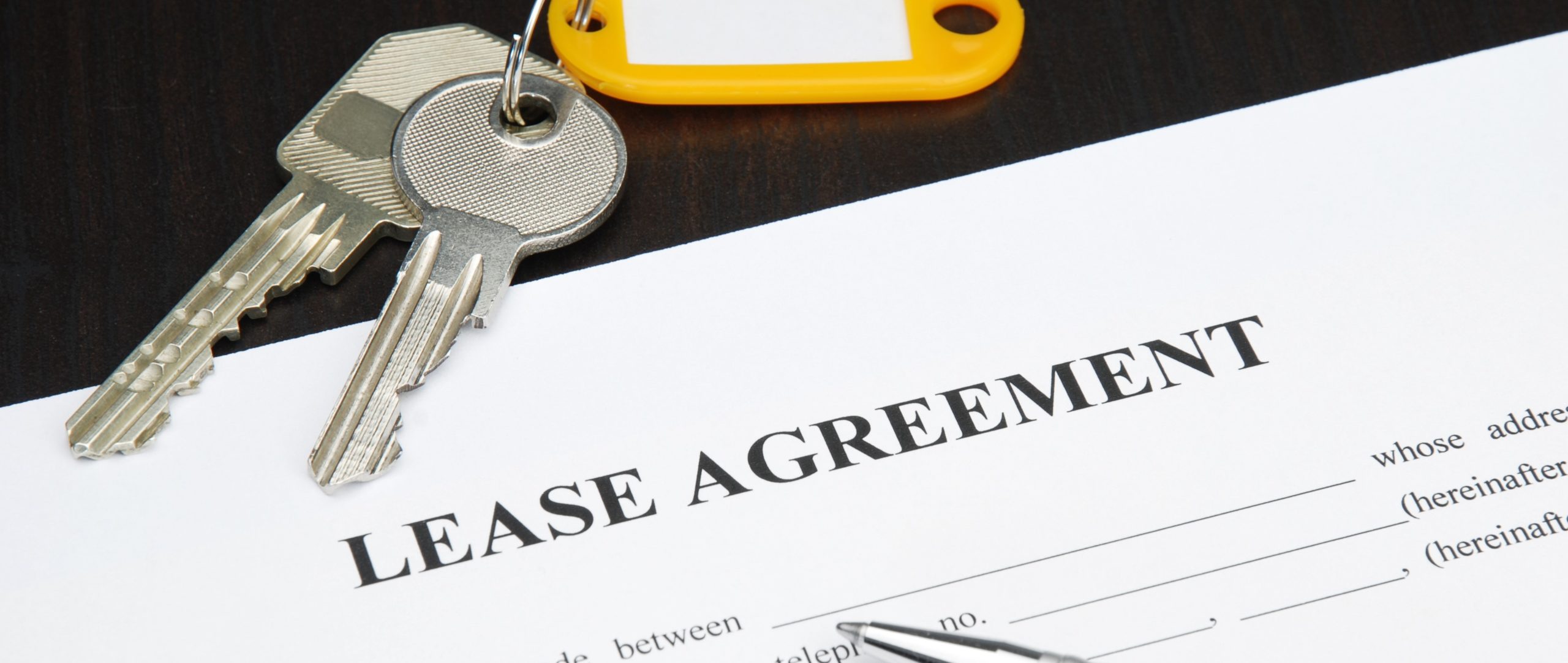Signing a commercial lease is a step most businesses will have to take. The lease sets out the terms and conditions under which the tenant will occupy a commercial property. This article outlines a number of essential factors a prospective tenant should consider when evaluating and negotiating a commercial lease in New Zealand.
Know your lease - the importance of understanding (and negotiating) the terms of your commercial lease.
The attention paid to the no access clause in the current version of the ADLS commercial lease is a timely reminder to both landlords and tenants of the importance of being familiar with the provisions of your lease. This article highlights the importance of both knowing the terms of your lease, as well as negotiating its terms prior to entering into it, in order to put yourself in the best position possible.

The current Covid-19 situation may have sent many landlords and tenants running to review the terms of their lease to ascertain whether it is on the current version of the ADLS lease – being the ADLS sixth edition 2012 (5) (current ADLS form) – and therefore contains the no access in emergency clause (clause 27.5) (no access clause). There has been much commentary on the ability of a tenant to call for a fair proportion of rent to be abated (while unable to use its commercial premises due to lockdown requirements) under the no access clause. The enormity of the Covid-19 situation and the attention the media has paid to this topic will mean it is highly unlikely there is a tenant, with the current ADLS form, who is unaware of the potential to claim a rent abatement.
The attention paid to the no access clause is a timely reminder to both landlords and tenants of the importance of being familiar with the provisions of your lease, and the importance of negotiating the terms of the lease prior to entering into it in order to put yourself in the best position possible.
No doubt both landlords and tenants will in the future look to amend the no access clause – a landlord may look to amend the clause so that it only applies where its insurance will respond, and a tenant may seek to shorten the standard 9 month period of no access before the lease can be terminated. Both parties may wish to consider including parameters around what should be taken into account in determining the “fair proportion” of rent that should be abated. Given the relatively short timeframe (at this stage) that any tenant has been unable to access the premises due to Covid-19 restrictions, it is unlikely that a dispute in relation to the interpretation or application of the provisions of the no access clause will make it to the Courts. So we may not receive the benefit of the court’s interpretation of what a “fair proportion” might be. The clause has been in the current ADLS form for 7 and a half years and to date has not yet been interpreted by the Courts.
In addition to the no-access clause, we draw your attention to a couple of other clauses contained in the current ADLS form that we frequently see being amended from the standard position:
- The rent review clauses setting out the method of review. The current ADLS lease form contains the ability to review rent both to market and to align rental with the movement in CPI. We are seeing more and more leases where both parties include a fixed annual percentage increase to give them certainty as to the rent increase. The down side of this approach is that over time, the rent may not be representative of the market and so disadvantages either landlord or tenant depending on what way the market has moved. Accordingly, a good option is to also include a market review every five years or on renewal (depending on the term of the lease) so that rental can be periodically realigned with market adjustments. If this is included it is important that the tenant ensure a soft ratchet is included, so that rent may decrease to the rent payable at the commencement date of the current term. A tenant in a strong position might even push for no ratchet or a ratchet to the commencement date of the original term of the lease, so that true market rent can be reflected. Time will tell whether the Covid-19 situation will have a negative impact on market rents for commercial leases.
- The insurance provisions. Under the current ADLS form, the maximum excess is $2,000. As a landlord, it is always worth checking with your insurer whether this is an appropriate level of excess. Under the reinstatement provisions (clause 27.1) the landlord is not obliged to spend more than the insurance money received in reinstating the premises. If the insurance money received is inadequate, then the lease terminates. This may not be an acceptable position for some tenants, who having accepted responsibility for costly insurance premiums, might reasonably expect the landlord to reinstate the premises for their benefit. We are seeing tenants seeking to amend the ADLS lease form so that the premises are reinstated regardless of the insurance money received. The landlord will then have to monitor its insurance to ensure the building is appropriately insured.
If after reading this article you decide to revisit the terms of your lease and have any questions about any of its provisions, we would be happy to answer those questions.
This article is current as at the date of publication and is only intended to provide general comments about the law. Harkness Henry accepts no responsibility for reliance by any person or organisation on the content of the article. Please contact the author of the article if you require specific advice about how the law applies to you.
For further information



